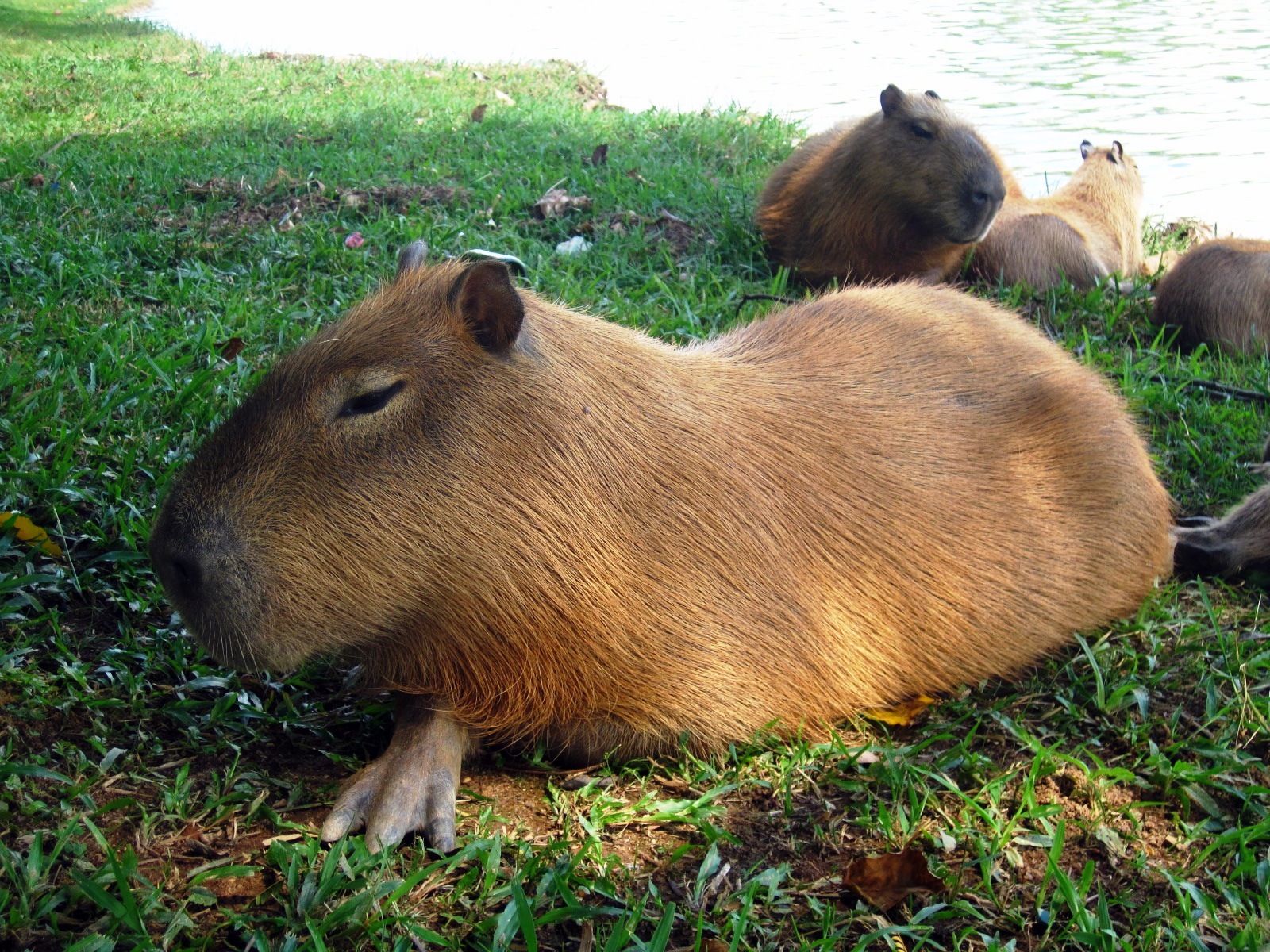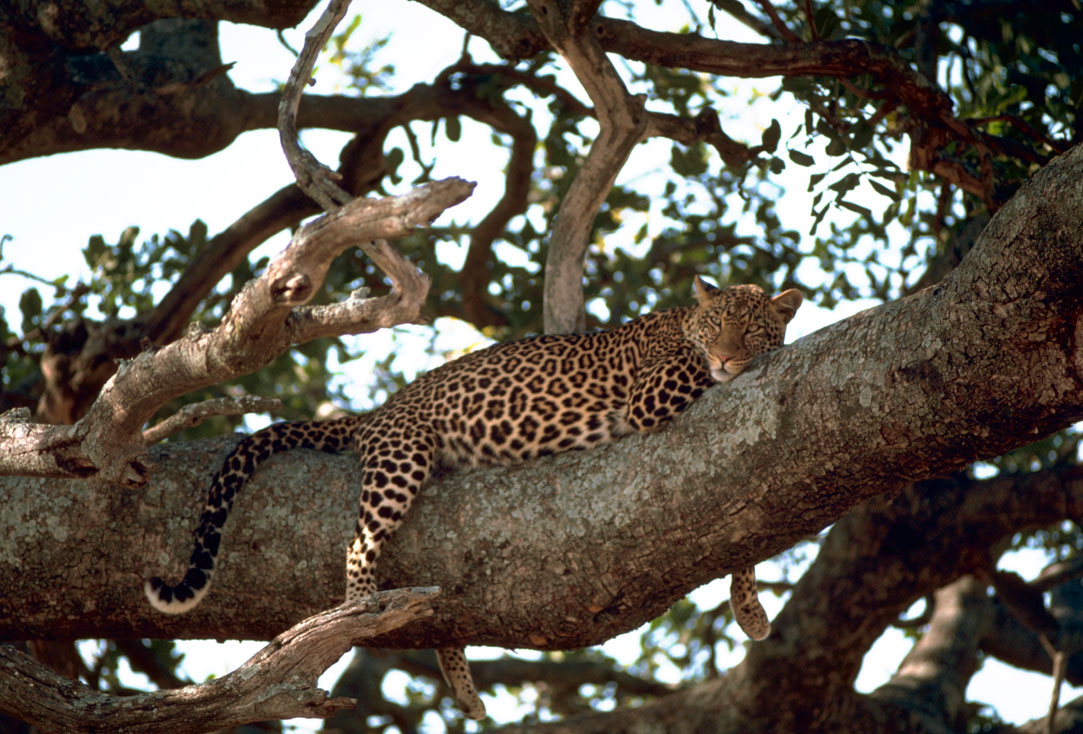|
Rentapia Flavomaculata
''Rentapia flavomaculata'', also known as the yellow-spotted tree toad, is a species of toad in the family Bufonidae. It is endemic to the Malay Peninsula (Thailand and Malaysia). Before being species description, described as a distinct species in 2020, it was confused with ''Rentapia hosii''. Etymology The Specific name (zoology), specific name ''flavomaculata'' is derived from Latin ''flavo'' (=yellow) and ''maculata'' (=spotted) and refers to the yellow spots that are diagnostic for this species. Description Adult males measure and adult females in snout–vent length. The snout is angular, truncate in dorsal profile, but slightly projecting beyond the lower jaw in lateral profile. The eyes are large. The Tympanum (anatomy), tympanum is distinct. The fingers have basal webbing and large terminal discs. The toes are webbed and bear small terminal discs. Females have mostly smooth skin. The base color is light yellow, which turns dark grey when stressed and/or handled. There ... [...More Info...] [...Related Items...] OR: [Wikipedia] [Google] [Baidu] |
Amplexus
Amplexus (Latin "embrace") is a type of mating behavior exhibited by some externally fertilizing species (chiefly amphibians and horseshoe crabs) in which a male grasps a female with his front legs as part of the mating process, and at the same time or with some time delay, he fertilizes the eggs, as they are released from the female's body. In amphibians, females may be grasped by the head, waist, or armpits, and the type of amplexus is characteristic of some taxonomic groups. Amplexus involves direct contact between male and female, distinguished from other forms of external fertilization, such as broadcast spawning, where sperm and eggs are freely shed into water without direct contact by individuals. In order for amplexus to be initiated, male frogs must first find a mate by attracting one through calls, typically in the evening. Once a male has successfully attracted a mate, the process of amplexus begins, while the unsuccessful males are forced to continue their search fo ... [...More Info...] [...Related Items...] OR: [Wikipedia] [Google] [Baidu] |
Above Sea Level
Height above mean sea level is a measure of the vertical distance (height, elevation or altitude) of a location in reference to a historic mean sea level taken as a vertical datum. In geodesy, it is formalized as '' orthometric heights''. The combination of unit of measurement and the physical quantity (height) is called " metres above mean sea level" in the metric system, while in United States customary and imperial units it would be called " feet above mean sea level". Mean sea levels are affected by climate change and other factors and change over time. For this and other reasons, recorded measurements of elevation above sea level at a reference time in history might differ from the actual elevation of a given location over sea level at a given moment. Uses Metres above sea level is the standard measurement of the elevation or altitude of: * Geographic locations such as towns, mountains and other landmarks. * The top of buildings and other structures. * Flying obje ... [...More Info...] [...Related Items...] OR: [Wikipedia] [Google] [Baidu] |
Taxa Named By Chan Kin Onn
In biology, a taxon (back-formation from ''taxonomy''; plural taxa) is a group of one or more populations of an organism or organisms seen by taxonomists to form a unit. Although neither is required, a taxon is usually known by a particular name and given a particular ranking, especially if and when it is accepted or becomes established. It is very common, however, for taxonomists to remain at odds over what belongs to a taxon and the criteria used for inclusion. If a taxon is given a formal scientific name, its use is then governed by one of the nomenclature codes specifying which scientific name is correct for a particular grouping. Initial attempts at classifying and ordering organisms (plants and animals) were set forth in Carl Linnaeus's system in ''Systema Naturae'', 10th edition (1758), as well as an unpublished work by Bernard and Antoine Laurent de Jussieu. The idea of a unit-based system of biological classification was first made widely available in 1805 in the intr ... [...More Info...] [...Related Items...] OR: [Wikipedia] [Google] [Baidu] |
Amphibians Of Thailand
The following is a list of amphibians of Thailand. There are more than 160 species recorded. Species list The following table is a checklist of amphibians of Thailand, with geographic ranges, citations, and Thai names included. Common species Amphibian species commonly found in anthropogenically modified environments include:Hartmann, Timo, et al. (2013)A Preliminary Annotated Checklist of the Amphibians and Reptiles of the Kulen Promtep Wildlife Sanctuary in Northern Cambodia Asian Herpetological Research 2013, 4(1): 36–55. DOI: 10.3724/SP.J.1245.2013.00036 Family Bufonidae (True toads) *''Duttaphrynus melanostictus'' Family Microhylidae (Narrow-mouthed frogs) *'' Kaloula pulchra'' *'' Microhyla butleri'' *''Microhyla fissipes'' (formerly classified as ''Microhyla ornata'') *'' Microhyla heymonsi'' *'' Microhyla pulchra'' Family Dicroglossidae (Fork-tongued frogs) *'' Fejervarya limnocharis'' *''Hoplobatrachus rugulosus'' *'' Occidozyga lima'' *'' Occidozyga martensii'' Fa ... [...More Info...] [...Related Items...] OR: [Wikipedia] [Google] [Baidu] |
Amphibians Of Malaysia
The amphibians of Malaysia are diverse. Species * ''Amolops larutensis'' * '' Angular caecilian'' * '' Ansonia albomaculata'' * '' Ansonia endauensis'' * ''Ansonia hanitschi'' * ''Ansonia latidisca'' * ''Ansonia minuta'' * '' Ansonia torrentis'' * '' Borneophrys edwardinae'' * ''Bufo asper'' * ''Calluella brooksii'' * ''Calluella flava'' * '' Calluella guttulata'' * ''Calluella volzi'' * '' Caudacaecilia asplenia'' * ''Caudacaecilia larutensis'' * '' Caudacaecilia nigroflava'' * '' Chaperina fusca'' * '' Chiromantis nongkhorensis'' * '' Duttaphrynus melanostictus'' * '' Fejervarya cancrivora'' * '' Fejervarya limnocharis'' * '' Fejervarya pulla'' * ''Hoplobatrachus rugulosus'' * ''Huia cavitympanum'' * '' Humerana miopus'' * '' Hylarana banjarana'' * '' Hylarana baramica'' * ''Hylarana erythraea'' * '' Hylarana glandulosa'' * '' Hylarana laterimaculata'' * '' Hylarana luctuosa'' * ''Hylarana macrodactyla'' * ''Hylarana nigrovittata'' * ''Hylarana siberu'' * '' Hylarana signata'' * ... [...More Info...] [...Related Items...] OR: [Wikipedia] [Google] [Baidu] |
Rentapia
''Rentapia'' is a genus of true toads, family Bufonidae. It is endemic to Southeast Asia and occurs in the Malay Peninsula (including extreme southern peninsular Thailand), Borneo, and Sumatra. It was erected in 2016 resolve the polyphyly of ''Pedostibes''. Etymology The generic epithet honors the legendary Iban people, Iban warrior Rentap, Libau Rentap, "a great war chief, freedom fighter, and Malaysian national hero." Description ''Rentapia'' are relatively large toads—in the larger species (''Rentapia hosii''), males can grow to and females to in snout–vent length. Interorbital cranial crests are absent. The parotoid glands are large and distinct, and may be oval, circular, or triangular in dorsal view. The fingers have basal webbing and tips that are expanded into flat discs. The feet are fully webbed on all toes except the fourth one. Males have nuptial pads. Ecology Adult ''Rentapia'' are primarily Arboreal locomotion, arboreal and live in Riparian zone, riparian ve ... [...More Info...] [...Related Items...] OR: [Wikipedia] [Google] [Baidu] |
Least-concern Species
A least-concern species is a species that has been categorized by the International Union for Conservation of Nature (IUCN) as evaluated as not being a focus of species conservation because the specific species is still plentiful in the wild. They do not qualify as threatened, near threatened, or (before 2001) conservation dependent. Species cannot be assigned the "Least Concern" category unless they have had their population status evaluated. That is, adequate information is needed to make a direct, or indirect, assessment of its risk of extinction based on its distribution or population status. Evaluation Since 2001 the category has had the abbreviation "LC", following the IUCN 2001 Categories & Criteria (version 3.1). Before 2001 "least concern" was a subcategory of the "Lower Risk" category and assigned the code "LR/lc" or lc. Around 20% of least concern taxa (3261 of 15636) in the IUCN database still use the code "LR/lc", which indicates they have not been re-evalu ... [...More Info...] [...Related Items...] OR: [Wikipedia] [Google] [Baidu] |
IUCN Red List Of Threatened Species
The International Union for Conservation of Nature (IUCN) Red List of Threatened Species, also known as the IUCN Red List or Red Data Book, founded in 1964, is the world's most comprehensive inventory of the global conservation status of biological species. It uses a set of precise criteria to evaluate the extinction risk of thousands of species and subspecies. These criteria are relevant to all species and all regions of the world. With its strong scientific base, the IUCN Red List is recognized as the most authoritative guide to the status of biological diversity. A series of Regional Red Lists are produced by countries or organizations, which assess the risk of extinction to species within a political management unit. The aim of the International Union for Conservation of Nature, IUCN Red List is to convey the urgency of conservation issues to the public and policy makers, as well as help the international community to reduce species extinction. According to International Unio ... [...More Info...] [...Related Items...] OR: [Wikipedia] [Google] [Baidu] |
Rentapia Flavomaculata Laying Eggs
''Rentapia'' is a genus of true toads, family Bufonidae. It is endemic to Southeast Asia and occurs in the Malay Peninsula (including extreme southern peninsular Thailand), Borneo, and Sumatra. It was erected in 2016 resolve the polyphyly of ''Pedostibes''. Etymology The generic epithet honors the legendary Iban warrior Libau Rentap, "a great war chief, freedom fighter, and Malaysian national hero." Description ''Rentapia'' are relatively large toads—in the larger species (''Rentapia hosii''), males can grow to and females to in snout–vent length. Interorbital cranial crests are absent. The parotoid glands are large and distinct, and may be oval, circular, or triangular in dorsal view. The fingers have basal webbing and tips that are expanded into flat discs. The feet are fully webbed on all toes except the fourth one. Males have nuptial pads. Ecology Adult ''Rentapia'' are primarily arboreal and live in riparian vegetation around small- to moderately-sized forest str ... [...More Info...] [...Related Items...] OR: [Wikipedia] [Google] [Baidu] |
Sexual Selection In Amphibians
Sex is the biological distinction of an organism between male and female. Sex or SEX may also refer to: Biology and behaviour *Animal sexual behaviour **Copulation (zoology) **Human sexual activity ** Non-penetrative sex, or sexual outercourse ** Sex drive, a person's overall sexual drive or desire for sexual activity ** Sexual intercourse, also called copulation or coitus *Gender, the distinction between male and female or masculinity and femininity within an individual's gender identity **Sex and gender distinction *Human sexuality *Mating types, a distinction of gametes, whether in anisogamous or isogamous species *Sexing, the act of discerning the sex of an animal *Sexual reproduction, a process of combining and mixing genetic traits, associated with the generation of new individuals, by means of meiosis and fertilization **Genetic recombination, the process of mixing genetic traits solely, occurring both in organisms with sexual or asexual reproduction Art and entertainme ... [...More Info...] [...Related Items...] OR: [Wikipedia] [Google] [Baidu] |
Arboreal Locomotion
Arboreal locomotion is the locomotion of animals in trees. In habitats in which trees are present, animals have evolved to move in them. Some animals may scale trees only occasionally, but others are exclusively arboreal. The habitats pose numerous mechanical challenges to animals moving through them and lead to a variety of anatomical, behavioral and ecological consequences as well as variations throughout different species.Cartmill, M. (1985). Climbing. In ''Functional Vertebrate Morphology'', eds. M. Hildebrand D. M. Bramble K. F. Liem and D. B. Wake, pp. 73–88. Cambridge: Belknap Press. Furthermore, many of these same principles may be applied to climbing without trees, such as on rock piles or mountains. Some animals are exclusively arboreal in habitat, such as the tree snail. Biomechanics Arboreal habitats pose numerous mechanical challenges to animals moving in them, which have been solved in diverse ways. These challenges include moving on narrow branches, m ... [...More Info...] [...Related Items...] OR: [Wikipedia] [Google] [Baidu] |




